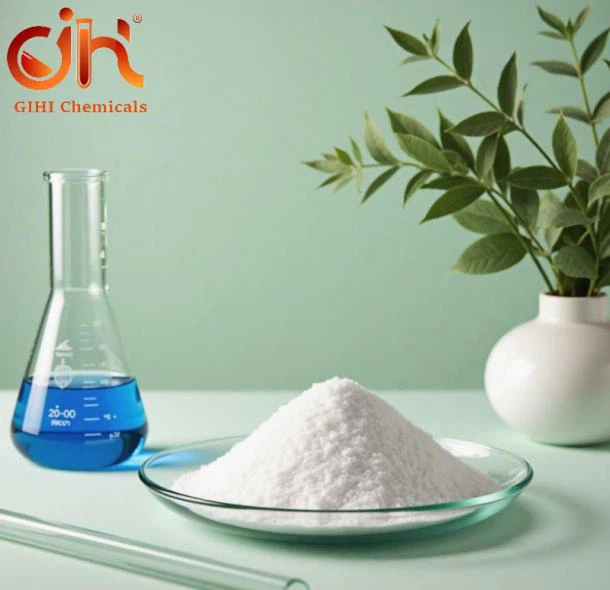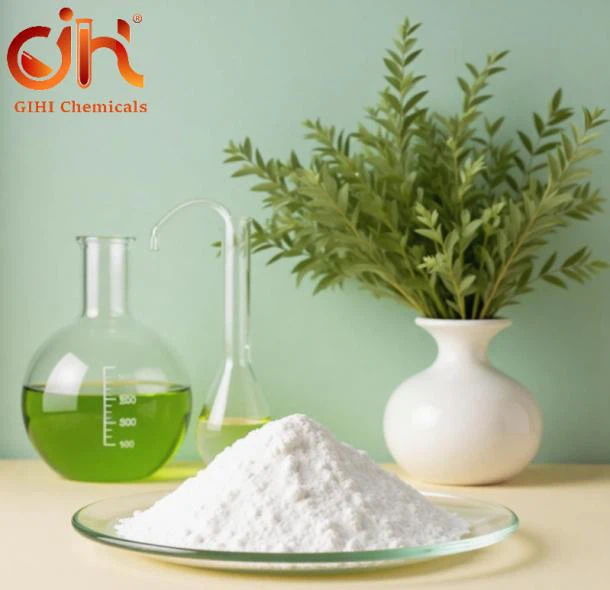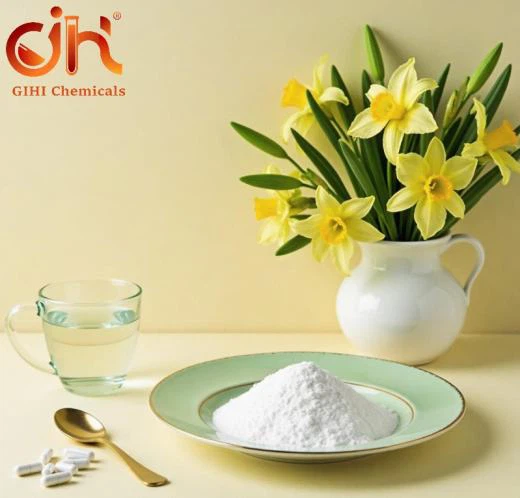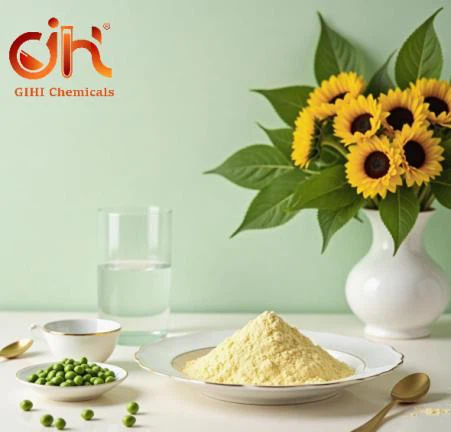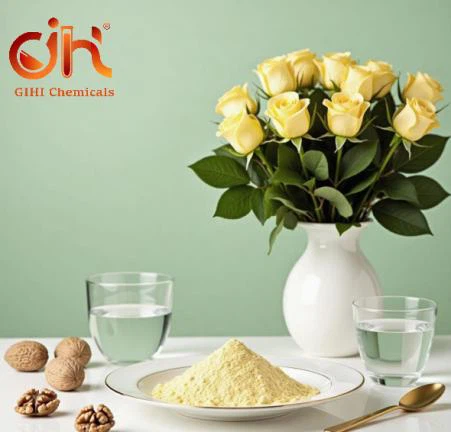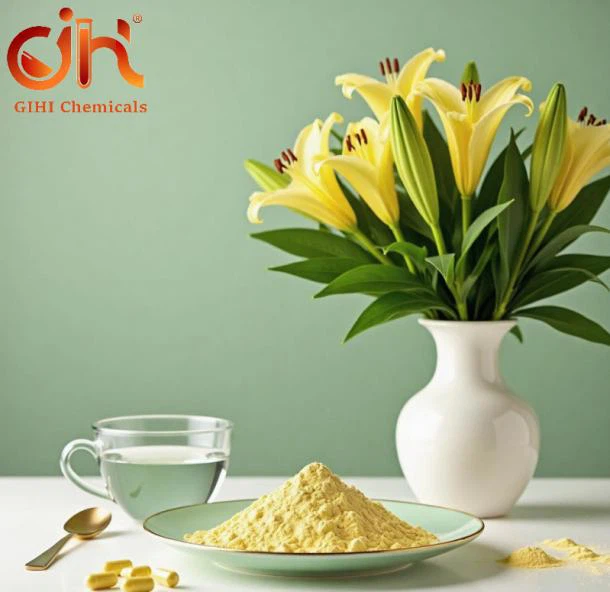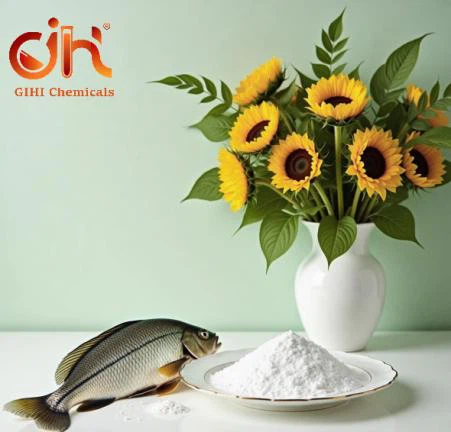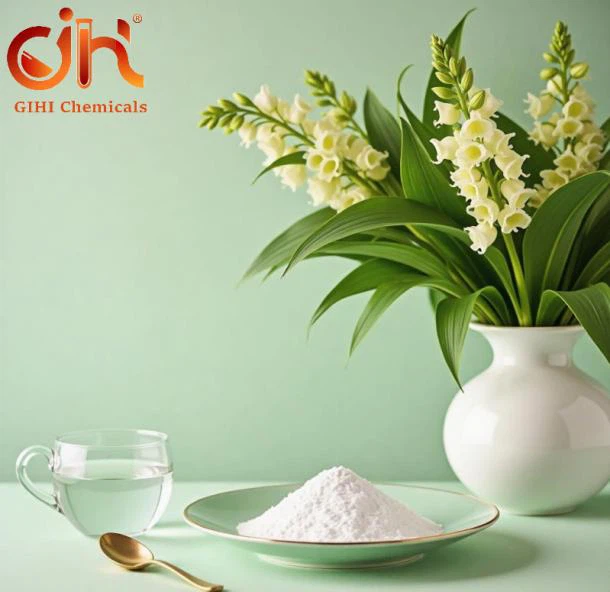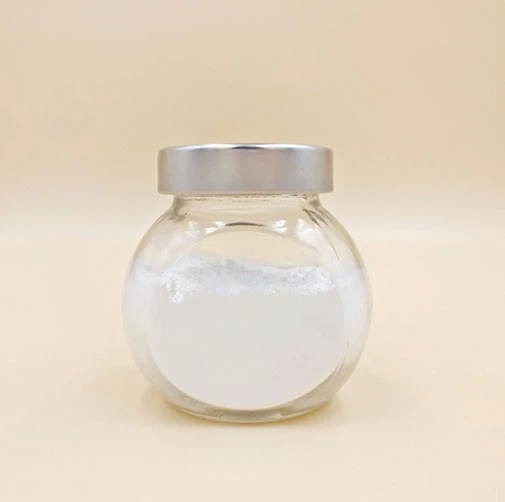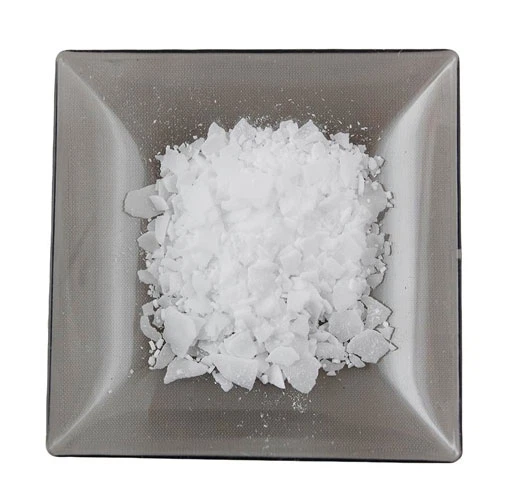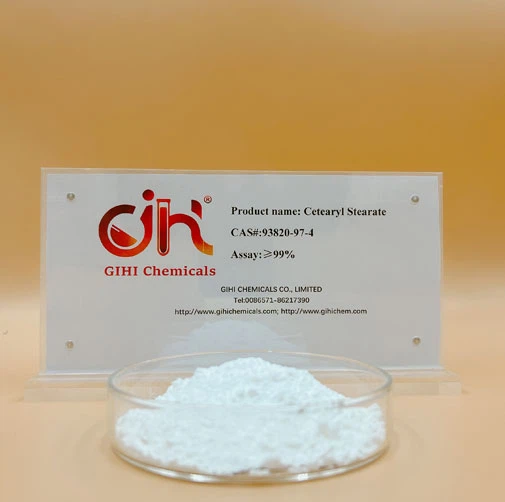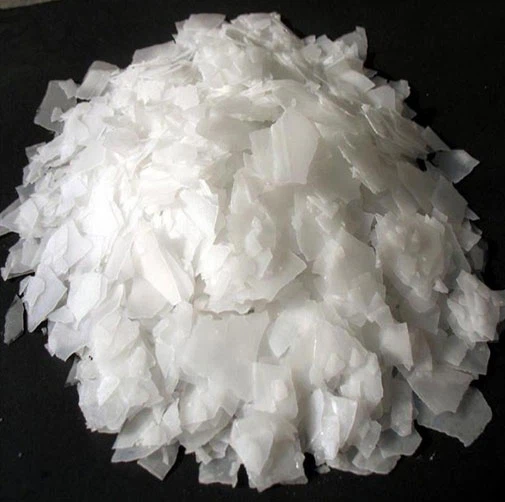
I.Introduction to Gamma-Glutamylcysteine
Gamma-Glutamylcysteine (γ-Glutamylcysteine, γ-GC) is a dipeptide composed of glutamic acid and cysteine connected by a γ-carboxyl group. It is a key intermediate in the synthesis of glutathione (the main endogenous antioxidant in the human body) by cells. Compared with direct supplementation of glutathione, γ-GC is more easily absorbed by the intestine and can effectively increase the level of GSH in cells (studies show that its bioavailability is 2-3 times higher than that of GSH)[1][2]. Its molecular stability is better than that of free cysteine, avoiding the risk of oxidative loss[3].
II.Scientifically Verified Efficacy
1.Antioxidation and Detoxification
γ-GC neutralizes free radicals and promotes the excretion of toxins (such as heavy metals and drug metabolites) by increasing GSH reserves. Clinical trials have shown that daily supplementation of 100-200mg γ-GC can increase plasma GSH levels by more than 40%[4].
2.Immunomodulation
GSH is essential for lymphocyte function. A study on elderly people found that γ-GC supplementation significantly improved T cell activity and reduced the level of inflammatory marker IL-6 (by 28%)[5].
3.Anti-Fatigue and Athletic Performance
After athletes supplemented with γ-GC (250 mg/day for 4 weeks), muscle damage markers (such as creatine kinase) decreased by 35% and recovery time was shortened[6].
4.Skin Health
γ-GC inhibits UV-induced oxidative damage and reduces collagen degradation. Human trials showed that after 8 weeks of oral γ-GC, skin elasticity increased by 22%[7].
III.Conclusion
γ-Glutamylcysteine, as a safe and efficient GSH precursor, has multiple values in antioxidant, immune support and metabolic health. When choosing supplements, pay attention to dose standardization (recommended 50-300 mg/day) and formula purity (≥98%). Future studies will further explore its potential in chronic disease management.
References
[1]: Biochem Pharmacol. 2018;154:24-34.
[2]: Free Radic Biol Med. 2020;147:113-121.
[3]: J Nutr Sci. 2019;8:e22.
[4]: Clin Pharmacol. 2021;13:1563-1572.
[5]: Aging Cell. 2022;21(3):e13589.
[6]: Sports Med Open. 2023;9:12.
[7]: J Dermatol Sci. 2021;102(1):45-52.
Disclaimer: The above texts are all from scientific research literature and the Internet and have not been evaluated by national authoritative agencies. This article is not intended to diagnose, treat, cure or prevent any disease. If there is any infringement or misunderstanding, please contact us to delete it. Thank you.




